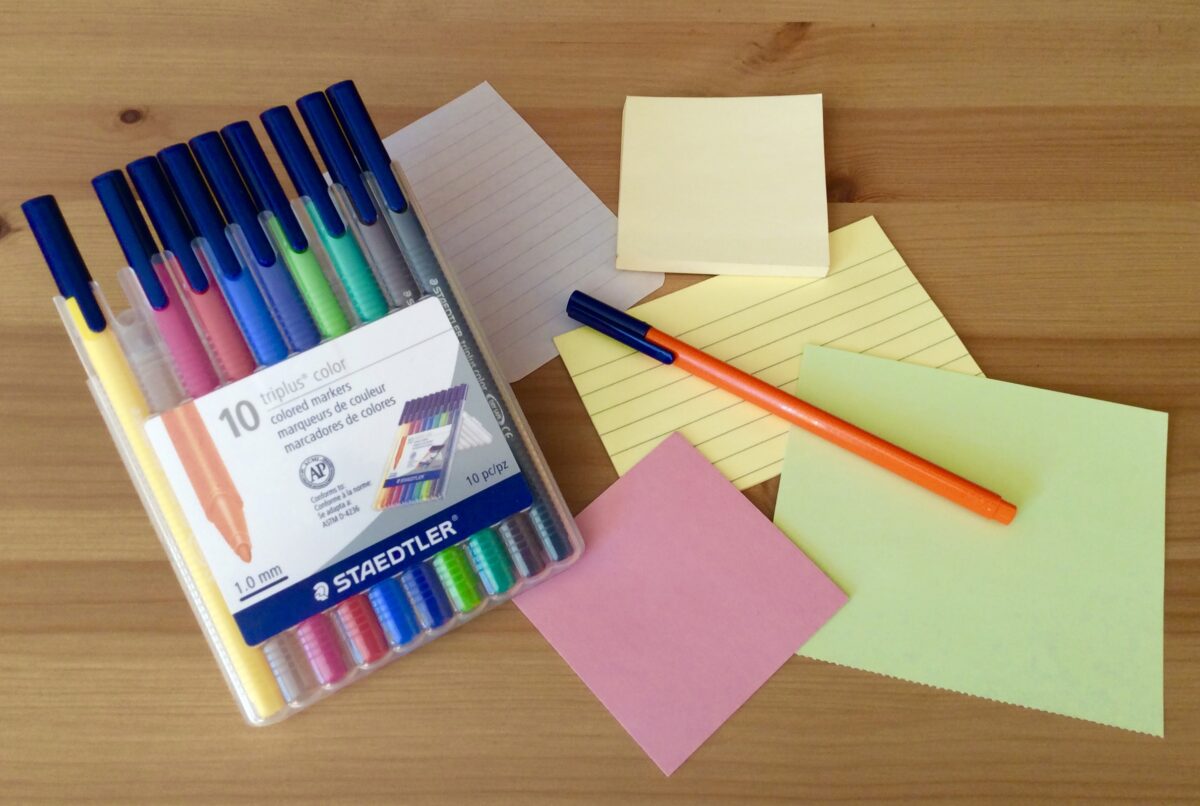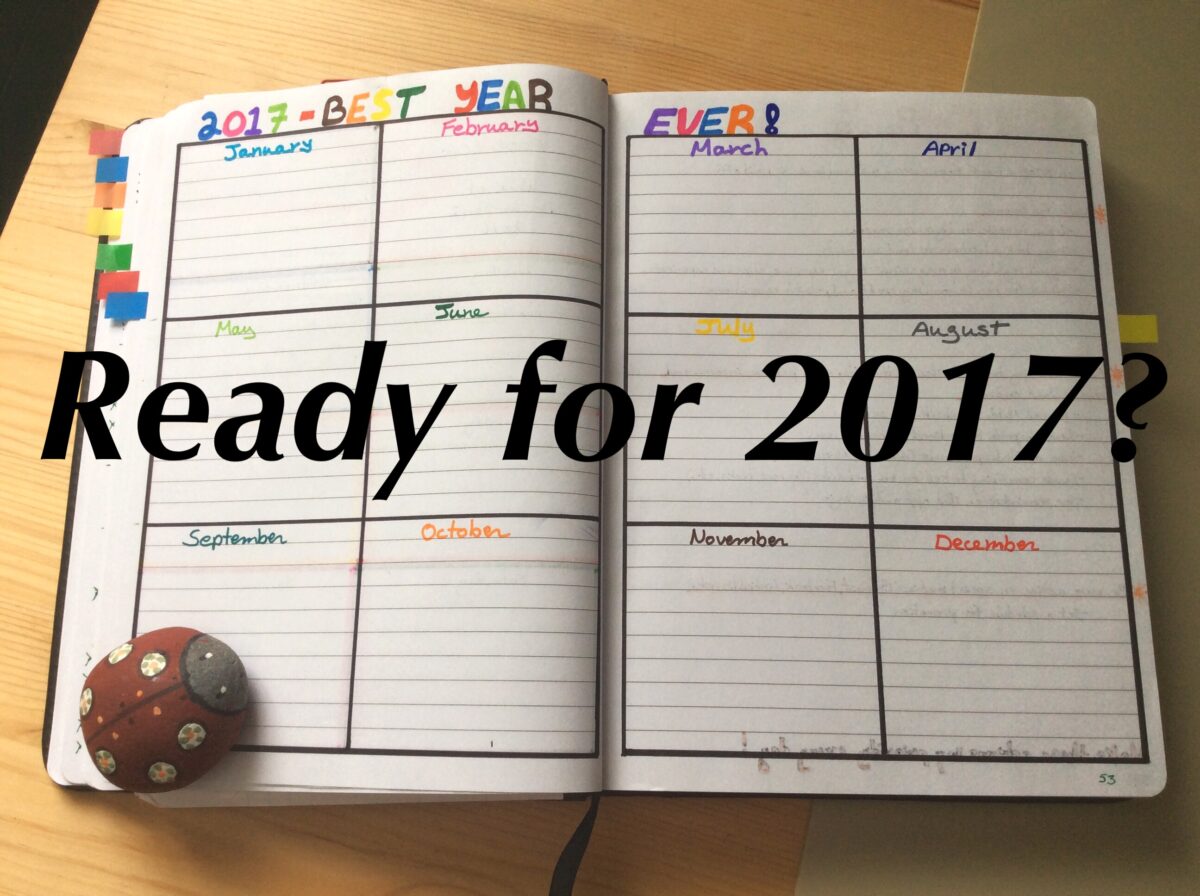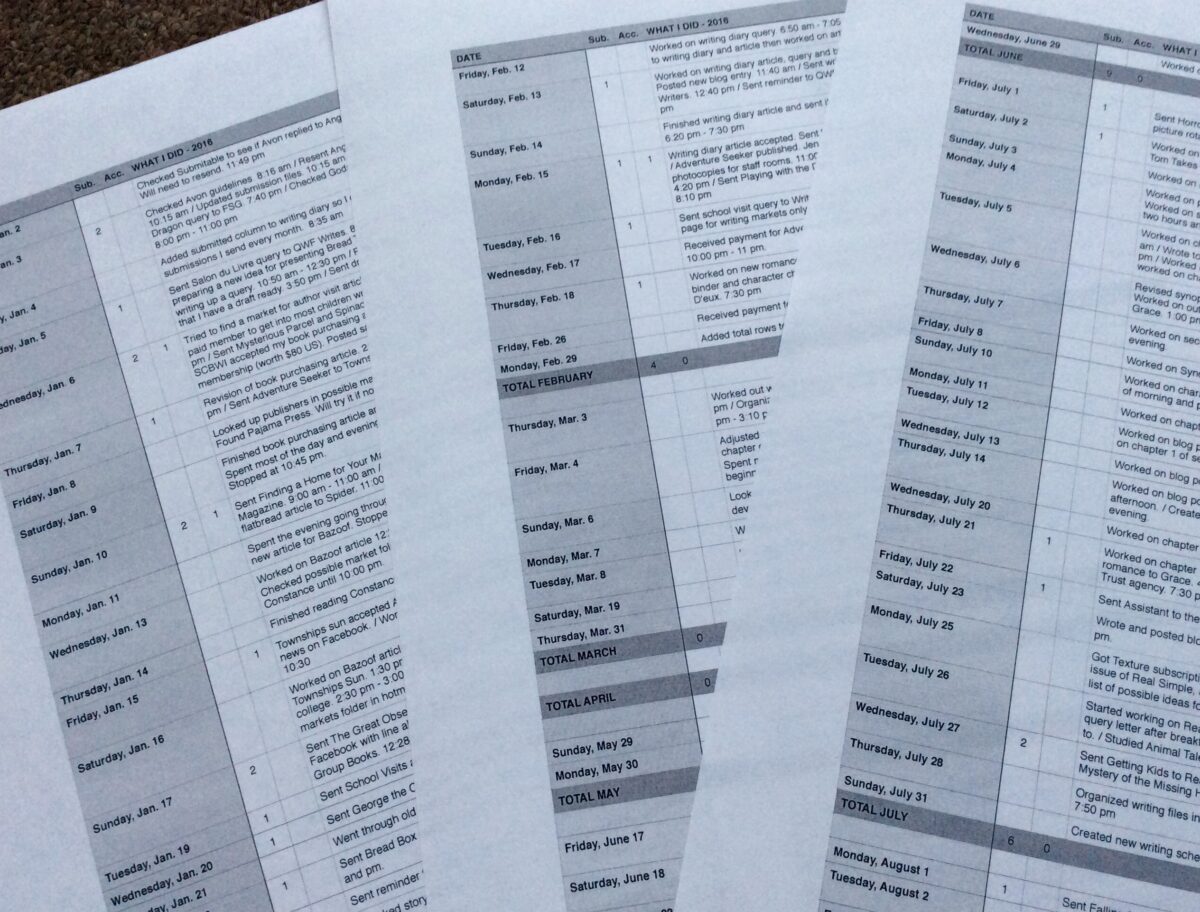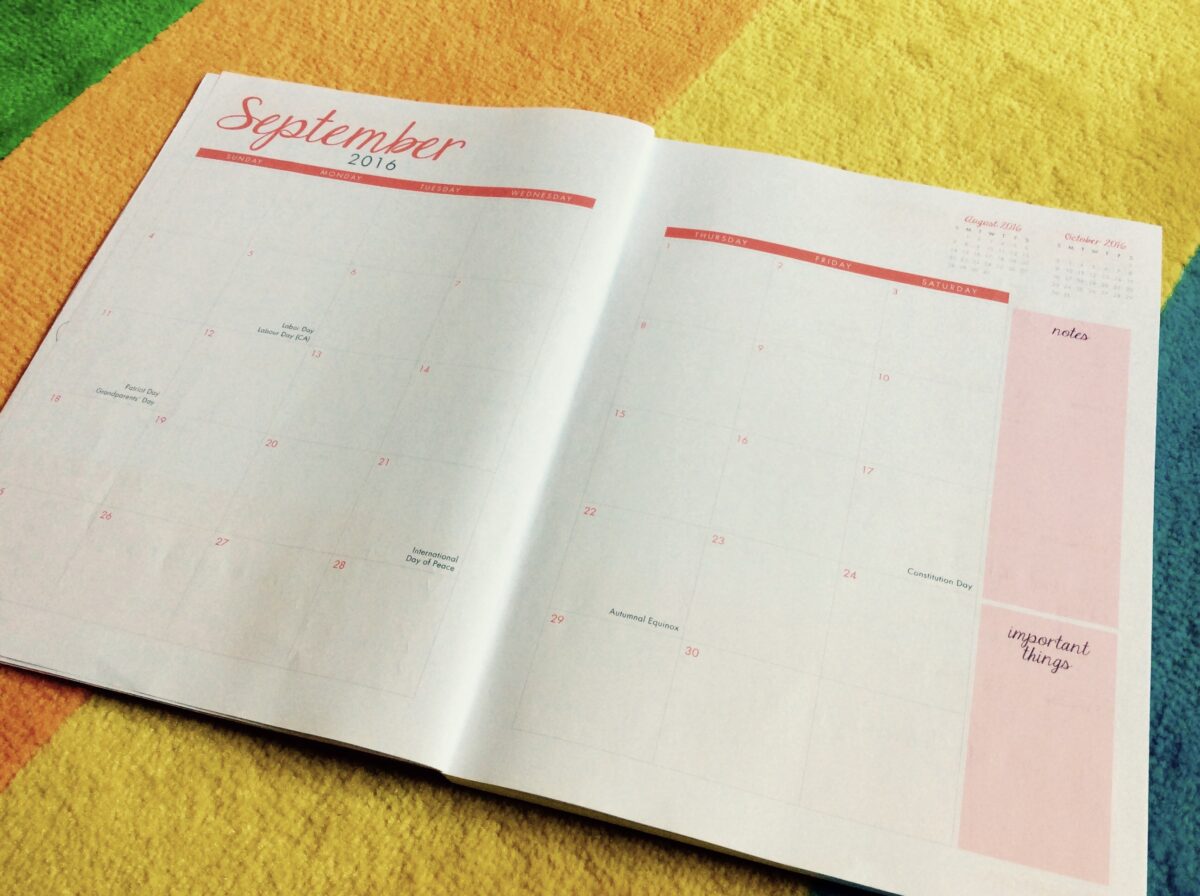We’ve all heard of fear of failure. Most of us deal with this on a daily basis. The phrase “What if (insert your particular fear here)? ” runs through our minds so often that we’re barely aware of it.
For a writer these fears might go like this:
What if my idea sucks?
What if my writing sucks?
What if, after all that time and effort, every single editor in the whole universe thinks my manuscript sucks?
But fear of success? Really?
Surprisingly, fear of success can be as debilitating as fear of failure. This is especially true if you’re a part-time writer. After all, if you can barely find the time to write, how on earth will you ever find the time to be successful at it?
For me this fear shows up right after I submit a proposal for an article or book I have yet to write. It usually goes like this:
What if it gets accepted?
What if I get swamped with translations? How will I manage both?
What if I can’t meet the deadline?
What if I get writer’s block and can’t finish it?
What if the end product sucks?
Fears like these may have such a strong hold on you that they can even stop you from starting a project or sending that proposal altogether. So how do you conquer your fears?
Here’s some suggestions:
1) MAKE A PLAN
Let’s say you’ve come up with a super concept for a book, and you just happen to know the perfect publisher that might be interested in it. Once the key components of your proposal are in place, you should have a good idea of the work that will be involved and the general word count. Now take that number and play with it. How many words a day would you need to write to finish the project in three months? How about six, or even twelve months? Which timeline seems most feasible for you? Keeping these numbers where you can see them should help convince, and reassure you, that you can make this book happen.
2) USE CONCRETE EXAMPLES
It’s easy to let your imagination run away with you when dealing with worst-case scenarios. But think back on an actual moment when you were successful. This doesn’t have to be about writing. It can be about anything really. How did it go? How did you deal with the unexpected?
For me, that moment came when my first novel was accepted. I was afraid I would not be able to meet the revision deadlines. My editor was behind schedule and by the time she sent back her first round of comments, the final deadline was right around the corner. Although I suffered a few hair-raising moments, along with having to make do with less sleep during that time, I managed to be prompt and thorough. In the end, everything worked itself out. Best of all, I proved to myself that it could be done!
3) SEE HOW OTHERS HAVE HANDLED YOUR FEARS
The best way to learn is through others’ experiences. The world is filled with examples of both success and failure. If you have a concern about anything, look it up or ask someone who might know the solution.
I first came across the answer to my own fears in Nancy I. Sanders’ book, Yes! You Can Learn How to Write Children’s Books, Get Them Published, and Build a Successful Writing Career. Near the beginning, Sanders talks about gaining confidence when proposing books to editors. Deciding to tackle her own uncertainties, she wrote three book manuscripts in a genre she had never tried before but which interested her. She did all this while continuing to work on her other writing projects. In the process, she learned each book took her a year to write. When she finally pitched an editor with a new idea in that same genre, she ended up landing a four-book deal for a new series. When the subject of deadlines came up, she told the editor it would take her one year to complete each book. His answer: “No problem.” Talk about putting your fears to rest! (By the way, I highly recommend Sanders’ book. It contains lots of examples on how to break down the time you have to suit your writing goals.)
Whatever your fears about success may be, take the time to analyze them. The more you take them apart, the less likely they’ll hold you back – and the more successful you’ll be!











